Photo Gallery for Araneus thaddeus - Lattice orbweaver | Photos: 17 |
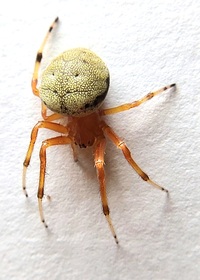 | Recorded by: Mark Basinger on 2025-10-05
Rowan Co.
Comment: | 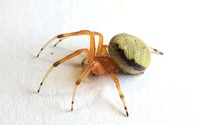 | Recorded by: Mark Basinger on 2025-10-05
Rowan Co.
Comment: |
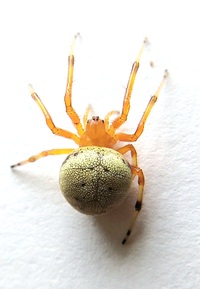 | Recorded by: Mark Basinger on 2025-10-05
Rowan Co.
Comment: | 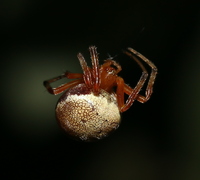 | Recorded by: David George, Rich Teper on 2024-11-05
Chatham Co.
Comment: |
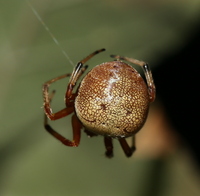 | Recorded by: David George, Rich Teper on 2024-11-05
Chatham Co.
Comment: | 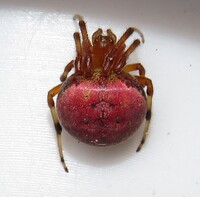 | Recorded by: Brian Bockhahn on 2024-11-05
Lee Co.
Comment: |
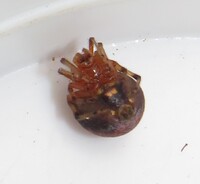 | Recorded by: Brian Bockhahn on 2024-11-05
Lee Co.
Comment: |  | Recorded by: Brian Bockhahn on 2024-11-05
Lee Co.
Comment: |
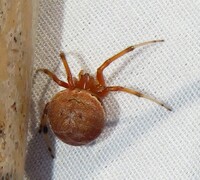 | Recorded by: Brian Bockhahn on 2024-10-18
Macon Co.
Comment: | 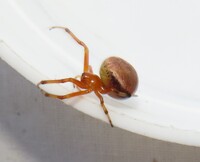 | Recorded by: Brian Bockhahn on 2024-10-18
Macon Co.
Comment: |
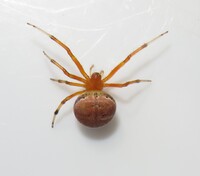 | Recorded by: Brian Bockhahn on 2024-10-18
Macon Co.
Comment: | 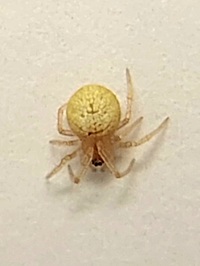 | Recorded by: Mark Basinger on 2024-02-17
Lenoir Co.
Comment: |
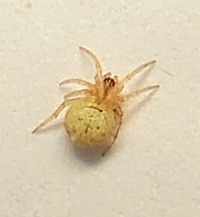 | Recorded by: Mark Basinger on 2024-02-17
Lenoir Co.
Comment: | 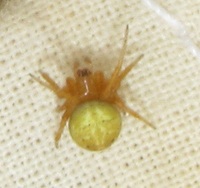 | Recorded by: Brian Bockhahn on 2023-07-14
Hyde Co.
Comment: |
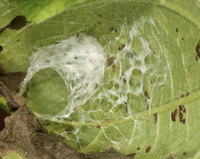 | Recorded by: John Petranka on 2022-11-02
Orange Co.
Comment: | 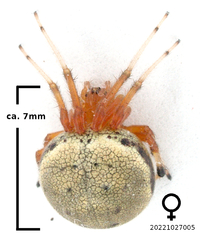 | Recorded by: Donald Zepp on 2022-10-27
Johnston Co.
Comment: |
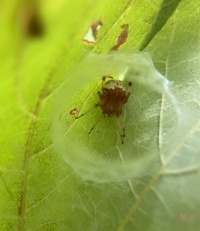 | Recorded by: David George on 2022-10-04
Durham Co.
Comment: |
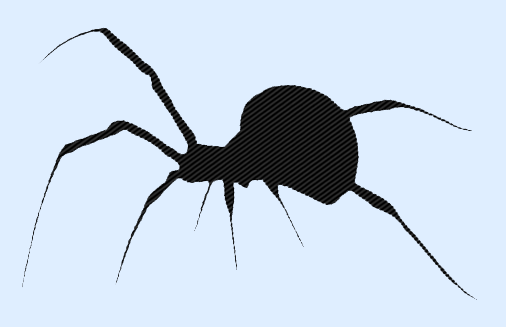
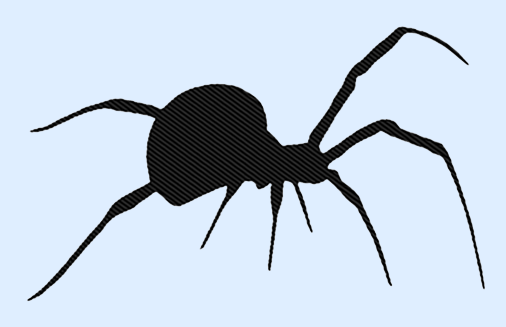 »
»

 »
»